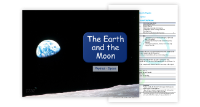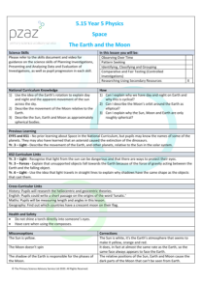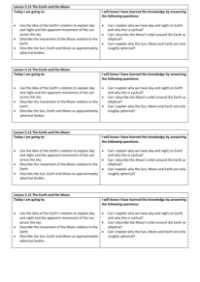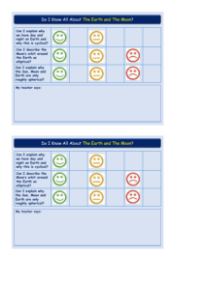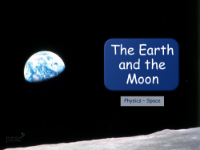The Earth and the Moon - Results Tables
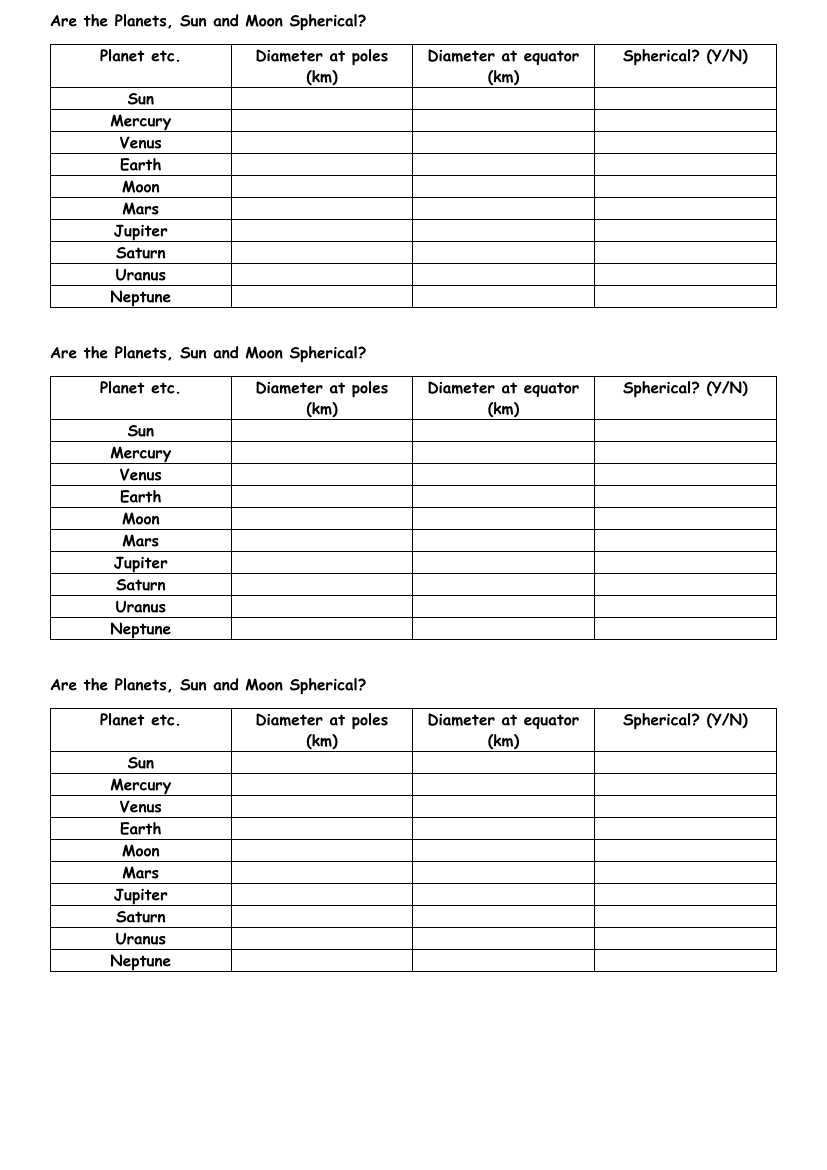
Science Resource Description
The question "Are the Planets, Sun and Moon Spherical?" is explored through a series of results tables that compare the diameters at the poles and equators of various celestial bodies, including the Sun, Mercury, Venus, Earth, the Moon, Mars, Jupiter, Saturn, Uranus, and Neptune. For each entity, two measurements are provided: the diameter at the poles and the diameter at the equator, both expressed in kilometres. The tables also feature a column where a simple 'Yes' (Y) or 'No' (N) indicates whether each body is spherical.
This exercise seems to be designed to help students understand the shapes of different celestial bodies in our solar system by examining their polar and equatorial diameters. By comparing these diameters, students can infer the degree to which each body approximates a sphere. The repetitive nature of the tables suggests a thorough investigation into the spherical nature of these celestial objects, which is a fundamental concept in astronomy and helps to lay the groundwork for understanding the forces and processes that shape these bodies in space.

